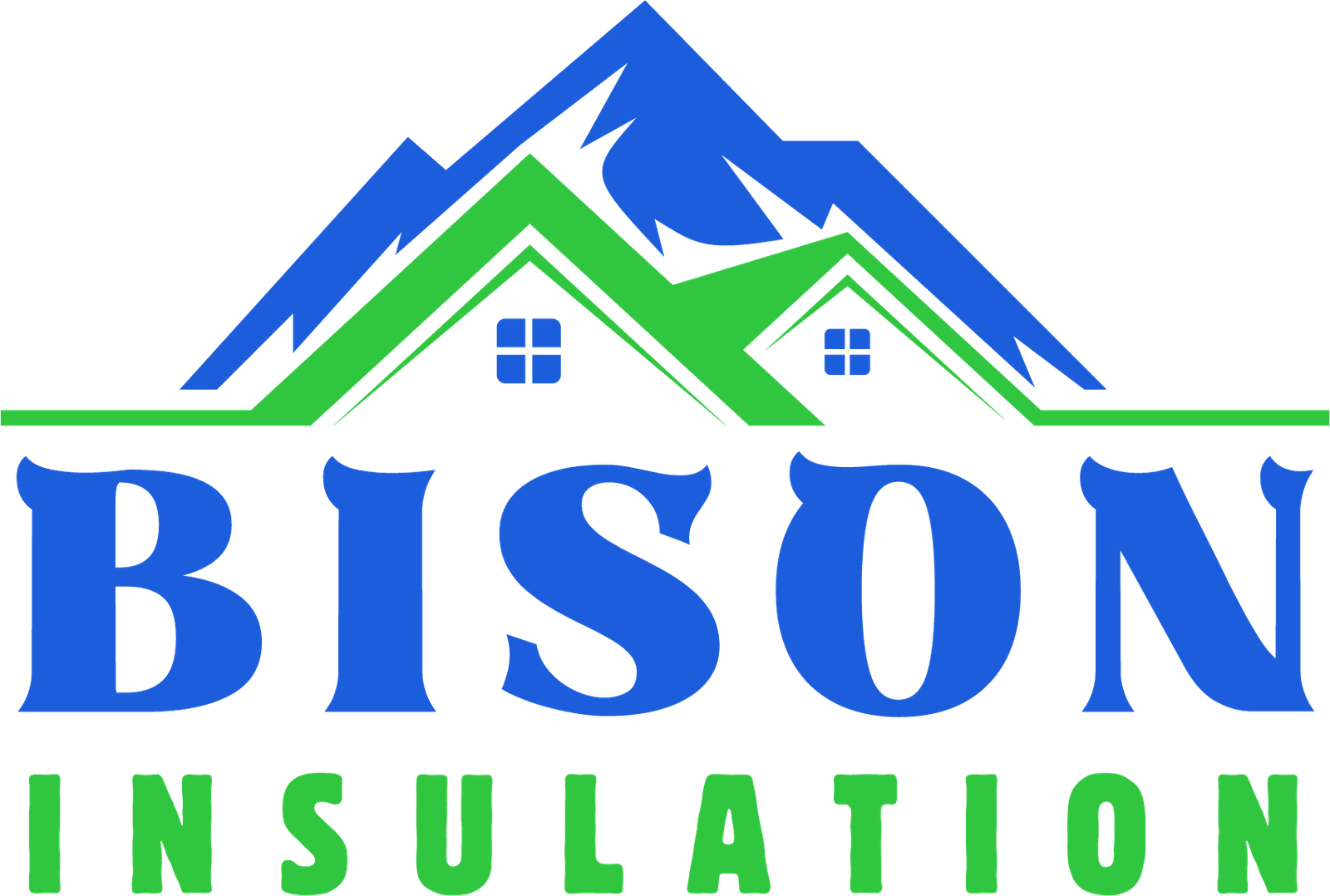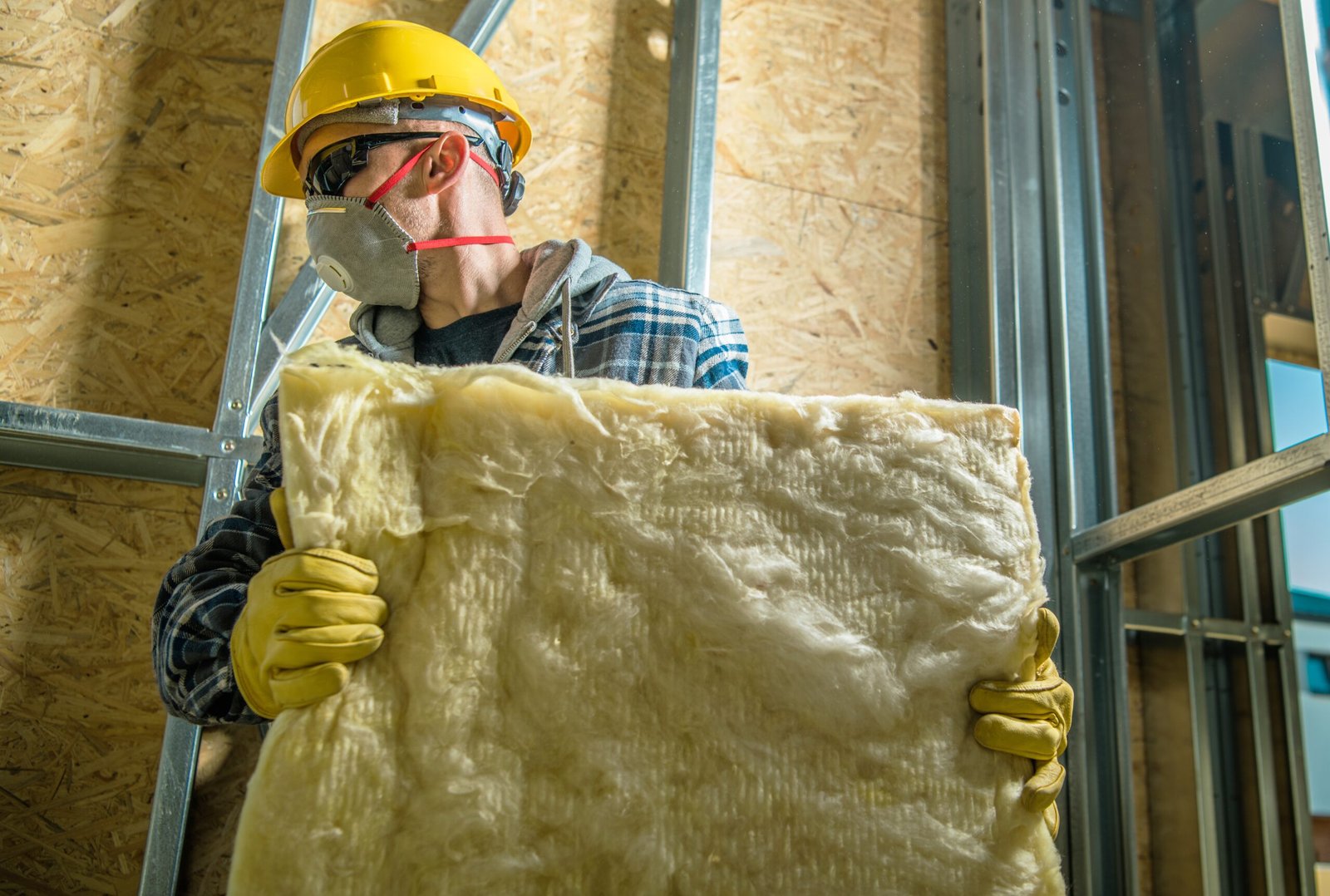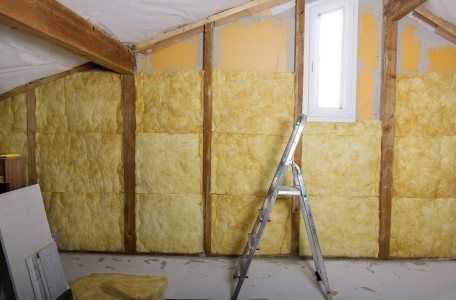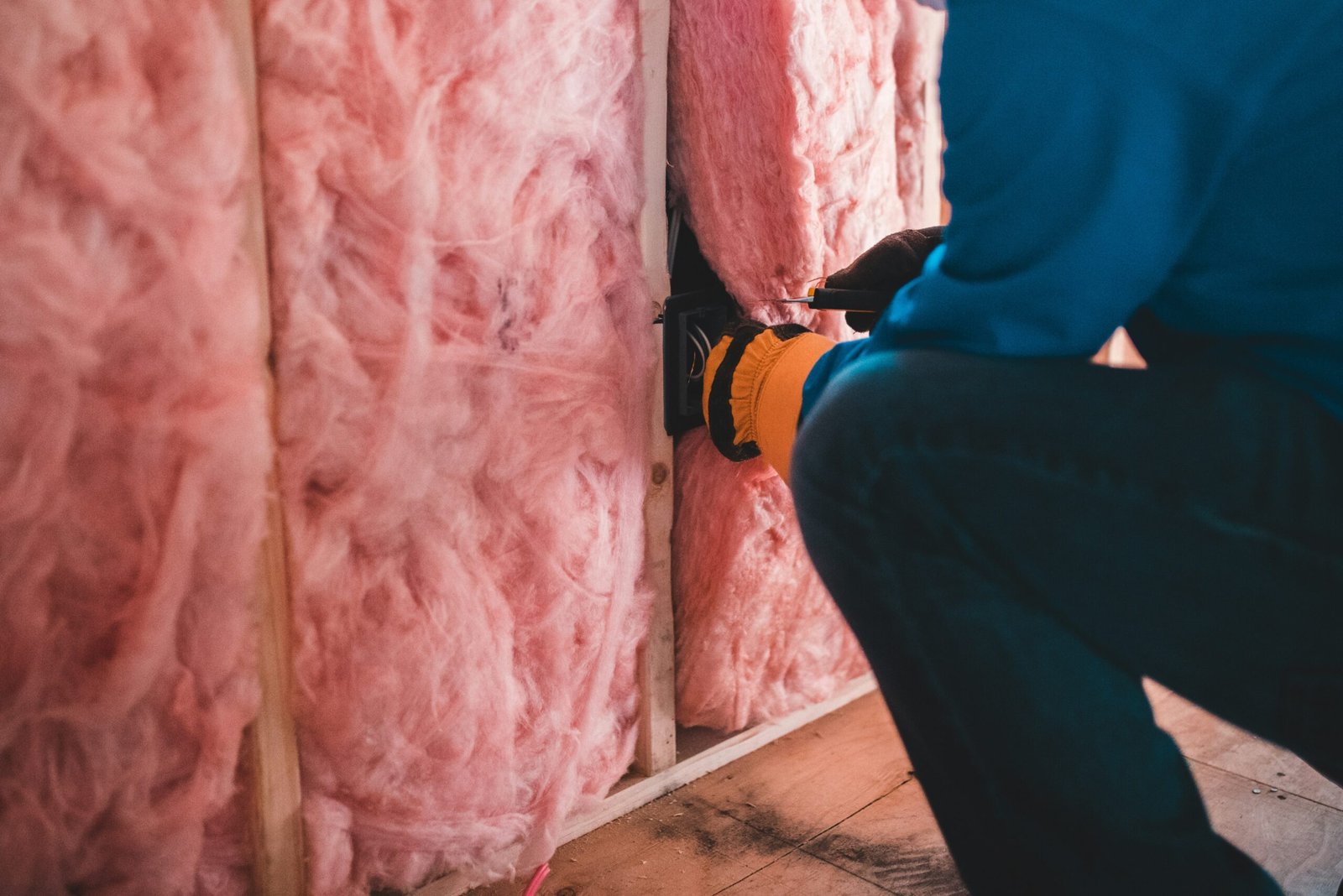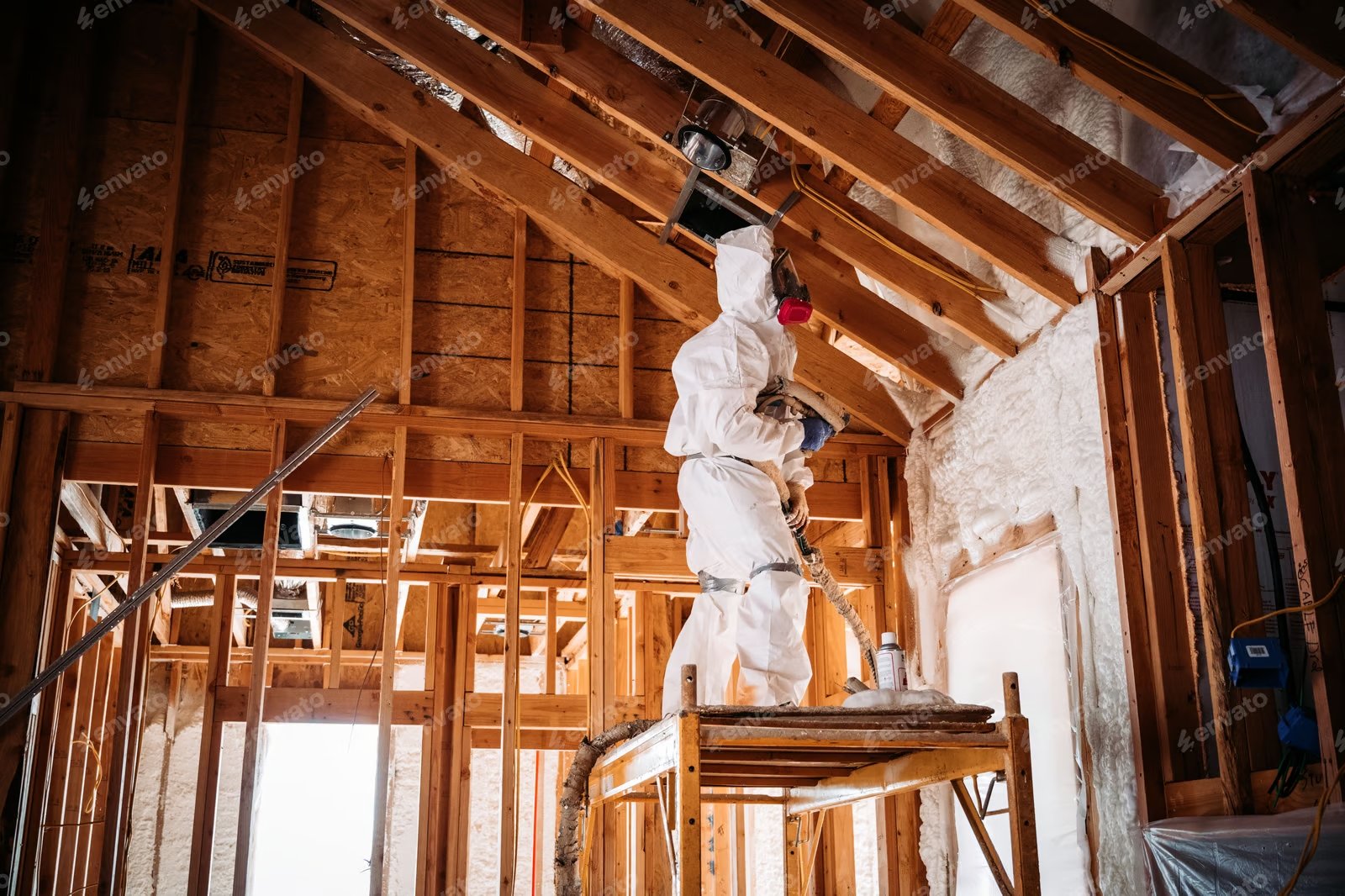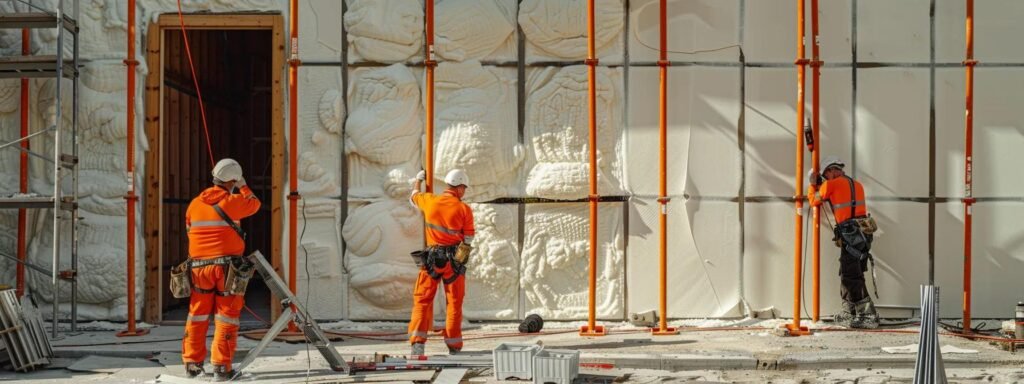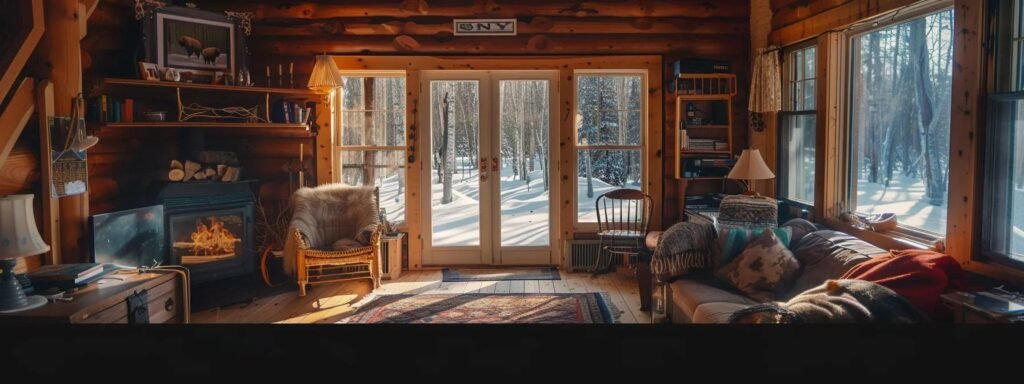Ensuring Safety During Insulation Removal
Removing old insulation from your home can be as critical as installing it. Whether you’re dealing with aftermaths like a flood, mold proliferation, or simply renovating your kitchen and require drywall repair, the removal process poses risks that demand attention. This article will guide you through preparing your home for safe insulation removal, selecting the right personal protective equipment, and employing safe techniques tailored to different insulation types. We’ll also cover the proper disposal of old insulation materials and when to opt for professional services. By following these steps, you’ll mitigate potential hazards, ensuring a safer living environment.
Understanding the Risks Involved in Insulation Removal
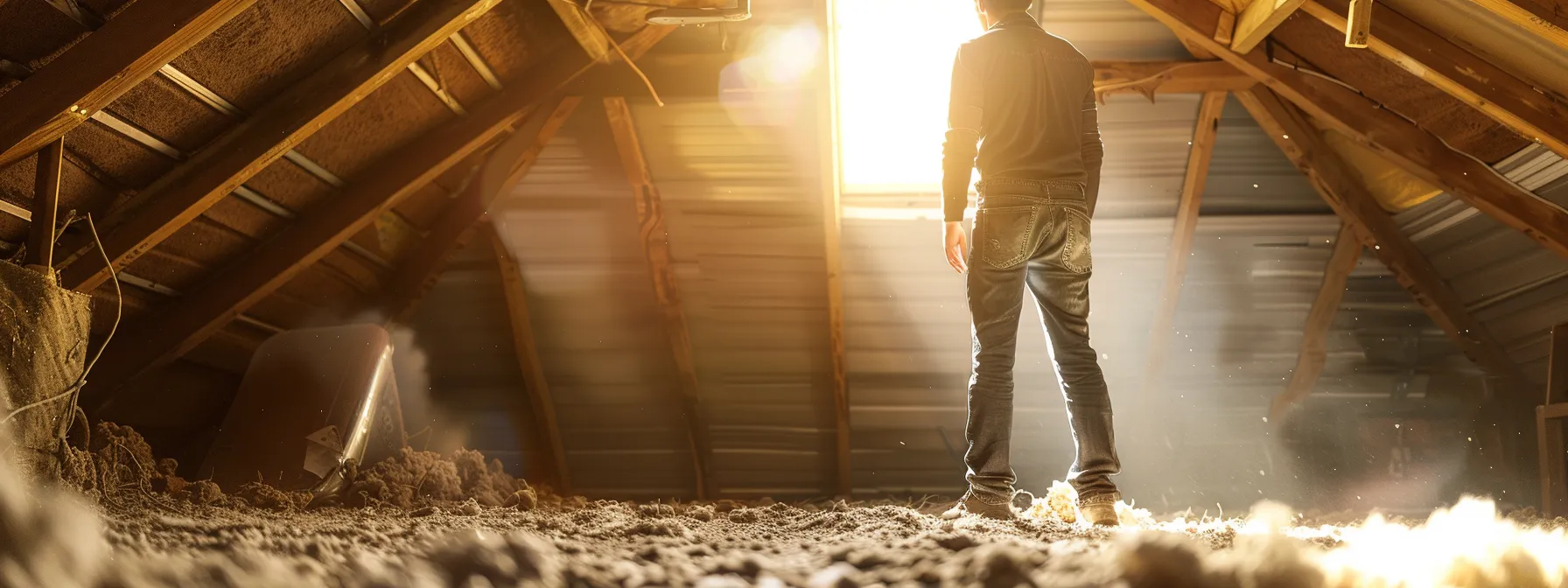
As we prepare for insulation removal, it’s imperative to identify potential hazards that could impact both safety and the integrity of the structure. Recognizing signs of hazardous materials within the insulation is a critical first step. This includes being vigilant for signs of leaks that may have compromised materials like polyurethane, which can affect repairs and airflow. My expertise emphasizes the importance of thorough inspection to ensure insurance coverage aligns with the risks involved. In the following sections, I’ll delve into how to spot these risks and manage them effectively.
Identify Potential Hazards Before Starting Removal
Before commencing insulation removal, I always prioritize identifying potential hazards to ensure the safety of my customers and their property. One significant risk is the presence of asbestos, which requires professional asbestos abatement to prevent health risks. In Canada, where asbestos was commonly used in older homes, it’s crucial to have insulation materials tested before disturbing them, as asbestos fibers can become airborne and pose serious health concerns.
Another concern is the type of insulation material, such as cellulose, which can settle over time and affect noise insulation and thermal performance. I advise customers to be aware of changes in noise levels or temperature fluctuations, as these can indicate degraded insulation that may require careful removal. By recognizing these signs early, we can address them promptly, ensuring a safe and effective insulation removal process.
Recognize Signs of Hazardous Materials in Insulation
During my inspections, I’ve learned to quickly identify signs that insulation may contain hazardous materials. For instance, if I notice a concrete-like texture in older insulation, it’s a red flag that could indicate the presence of asbestos. In such cases, I adhere strictly to building code regulations in Gloucester and immediately recommend a professional assessment to ensure the safety of the occupants and the workers involved in the removal process.
Another telltale sign is the presence of water stains or dampness, which not only compromises the insulation’s effectiveness but can also lead to the growth of mold or mildew. When I encounter these issues, I take swift action to determine the source of the water intrusion and address it before proceeding with the removal, thus safeguarding the building’s structural integrity and the health of its inhabitants.
Preparing Your Home for Safe Insulation Removal
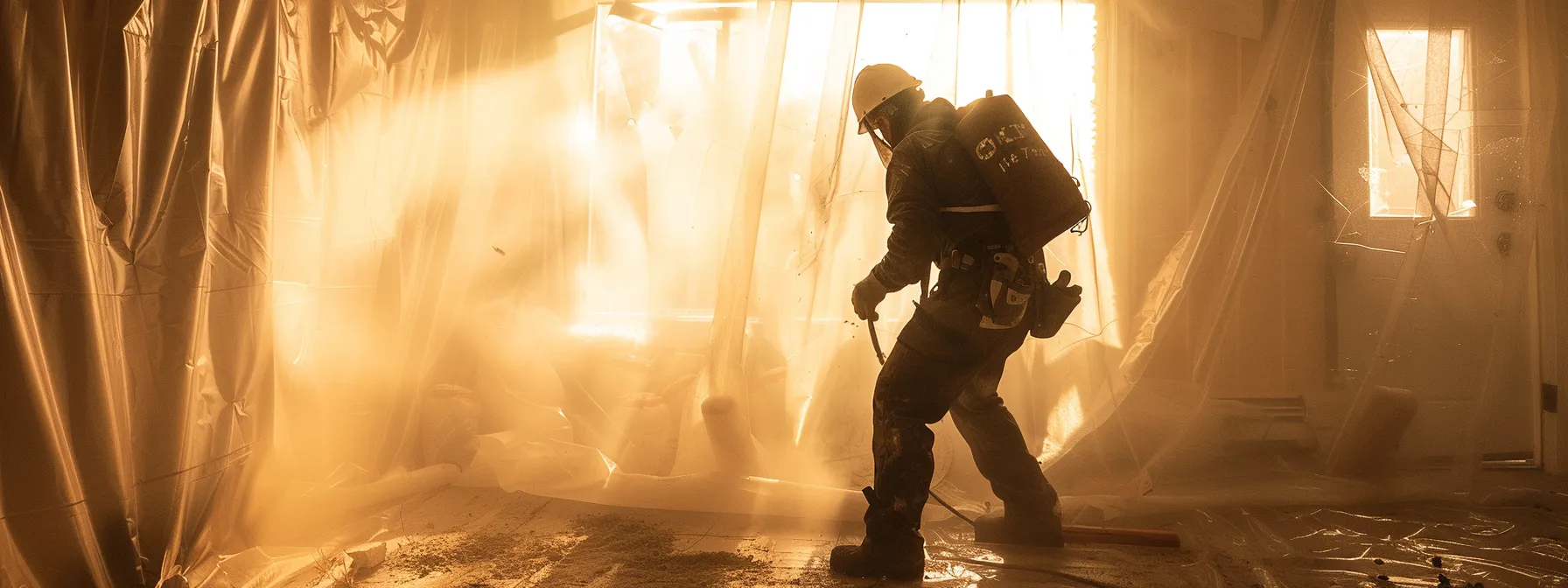
As we gear up for the critical task of insulation removal, it’s essential to prepare your home to ensure the process is as safe and efficient as possible. I’ll guide you through sealing off work areas to contain dust and debris, a vital step in maintaining a clean environment and preventing the spread of particles throughout your Ontario home. Additionally, turning off HVAC systems is crucial to avoid contamination and preserve energy efficiency. These preparatory measures, coupled with my expertise, will help protect your home’s structural elements, including lumber and steel, and prevent any unwanted interaction with substances like drain cleaner.
Seal Off Work Areas to Contain Dust and Debris
In my experience with home improvement projects, sealing off the work area is a critical step in maintaining safety and cleanliness during insulation removal. I use heavy-duty plastic sheeting to create a barrier, effectively containing dust and debris. This precaution not only ensures a safer environment for repair work but also protects your home’s interior from potential contamination.
When I prepare a home for insulation removal, I pay special attention to sealing around pipes and vents, as these can be conduits for dust to spread. By securing the plastic sheeting with durable tape and checking for any gaps, I safeguard the work area and provide peace of mind for homeowners, knowing their living spaces are protected from the intrusion of insulation particles.
Turn Off HVAC Systems to Prevent Contamination
Turning off the HVAC system is a crucial step I take to prevent the spread of contaminants during insulation removal. This action halts the circulation of air, ensuring that any asbestos fibers or other particulates are not distributed throughout the home. It’s a preventive measure that maintains the temperature and air quality, safeguarding both the warranty of the HVAC system and the health of the residents.
In my professional experience, I’ve found that managing the heat and airflow is essential when dealing with materials like masonry that can harbor dust and debris. By shutting down the HVAC system, I minimize the risk of these particles escaping into living spaces, which is especially important in homes with intricate ductwork. This simple yet effective strategy is part of my commitment to delivering a safe and thorough service to my clients.
Personal Protective Equipment for Insulation Removal
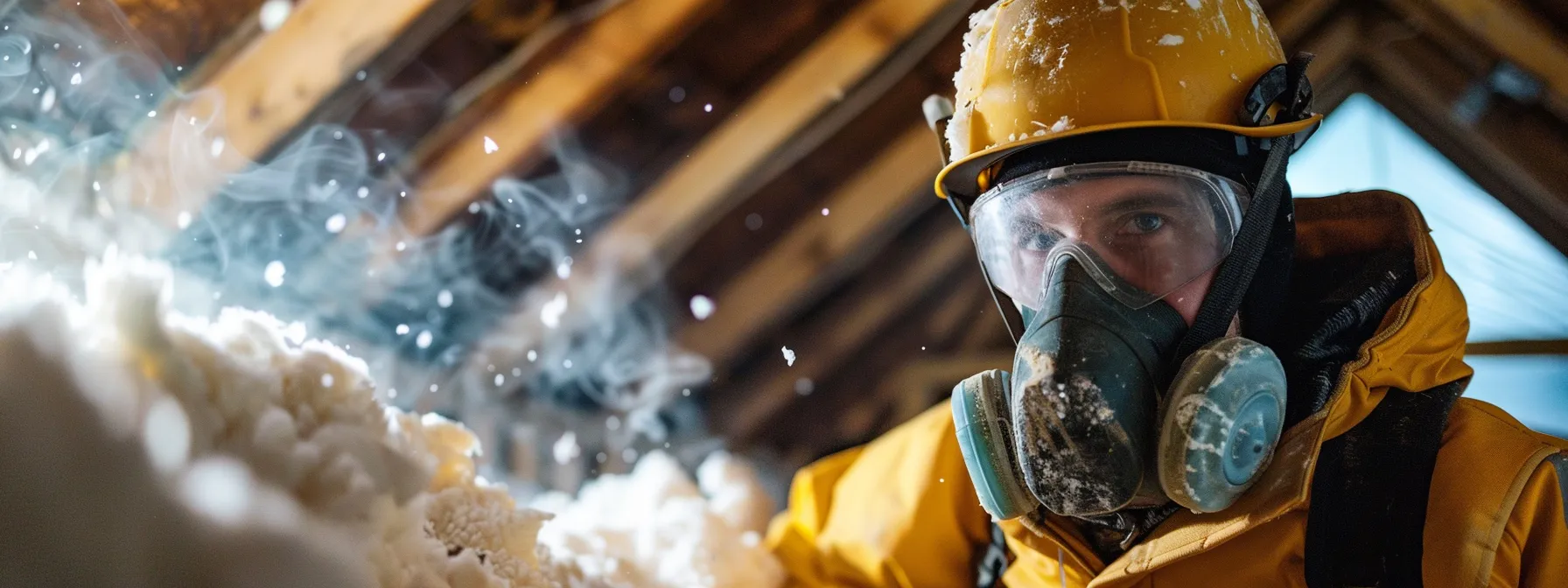
As a seasoned contractor, I understand the importance of proper safety measures during insulation removal. Whether working in the confined spaces of an attic in Ottawa or navigating the complexities of plumbing and electrical systems, the right personal protective equipment is non-negotiable. In the upcoming sections, I’ll discuss the necessity of respirators to safeguard respiratory health, the use of protective clothing to prevent skin irritation, and the critical role of safety glasses for eye protection. These precautions are essential for contractors and homeowners alike to ensure a safe and efficient removal process.
Wear Respirators to Protect Your Respiratory Health
When I’m removing insulation, especially in spaces where wood and ceiling materials are being disturbed, I never underestimate the importance of wearing a respirator. The confined space above a ceiling fan, for instance, can trap dust and particles that are harmful when inhaled. A high-quality respirator effectively filters out these airborne contaminants, protecting my respiratory health and ensuring I can work safely and efficiently.
During my years of experience, I’ve learned that proper lighting in the work area is crucial for spotting potential hazards. It’s not just about visibility; it’s about safety. When I’m up near the ceiling, a respirator is my first line of defense against inhaling fine particles that can be stirred up by my movements or even by the operation of a ceiling fan. This simple, yet vital piece of personal protective equipment is a must-have for any insulation removal task, safeguarding my health and that of my clients.
Use Protective Clothing to Avoid Skin Irritation
When I’m navigating through a crawl space or attic filled with cellulose insulation, I ensure I’m wearing the appropriate protective clothing. This is not just about adhering to the Better Business Bureau‘s standards for safety; it’s about preventing the tiny fibers of materials like mineral wool from irritating my skin. Long sleeves, gloves, and a full-body suit are my go-to gear to avoid any discomfort or allergic reactions that can occur from direct contact with insulation materials.
Especially when working around fixtures like a sink or in tight spaces, I’ve found that protective clothing acts as a crucial barrier between my skin and the insulation. It’s a simple yet effective way to prevent rashes or more serious skin conditions. I always recommend this safety measure to my clients, ensuring they understand the importance of safeguarding their health while we improve their home’s energy efficiency.
Ensure Eye Protection With Safety Glasses
During insulation removal, I’ve witnessed how overlooked aspects like soundproofing can lead to unexpected hazards. Safety glasses are essential when dealing with materials that can fragment, potentially releasing particles into the air. These fragments can be propelled by activities such as sealing leaks or enhancing thermal insulation, posing a risk to the eyes. My professional advice is to always wear safety glasses to protect against these risks, ensuring a safe work environment that accounts for the unpredictable nature of climate and moisture within a space.
In my experience, the importance of eye protection cannot be overstated, especially when working in environments where the integrity of insulation is compromised by moisture or leaks. Safety glasses act as a critical shield against irritants that can cause severe discomfort or injury. I’ve found that this simple precaution is a key component of maintaining a secure work area, allowing for the safe handling of materials and tools while preserving the quality of the thermal insulation being installed or removed.
Safe Techniques for Different Types of Insulation
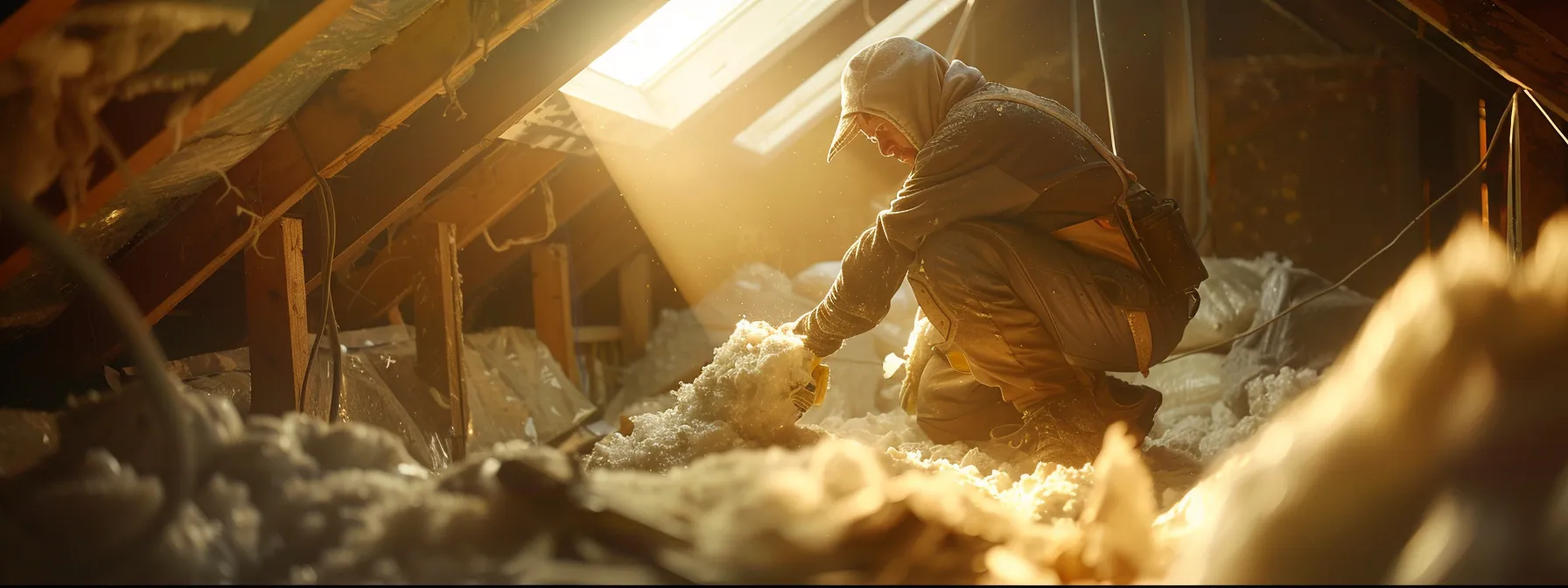
In my professional journey, I’ve encountered various insulation types, each requiring specific removal techniques to ensure safety and efficiency. Handling fiberglass insulation with care is paramount to prevent skin and respiratory irritation. When dealing with asbestos-containing materials, strict safety protocols are essential to mitigate health risks. For blown-in insulation, specialized methods are necessary to extract it without spreading dust. These practices are crucial, particularly during renovations where drywall, metal, and caulk are involved, and where budget considerations are key. In the following sections, I’ll share insights on executing these tasks effectively.
Handle Fiberglass Insulation With Care
When I work with Ottawa attic insulation, particularly fiberglass, I handle it with utmost care to prevent irritation and ensure effective heat transfer. The tiny fibers can be abrasive and may cause discomfort if they come into contact with skin or are inhaled. I always wear protective gear and ensure proper ventilation to maintain a safe environment while minimizing the potential for heat loss through improper handling.
In my experience, the correct removal of building insulation, such as fiberglass, is critical to maintaining the integrity of the tile and other materials in the attic. I take measures to avoid disturbing the insulation unnecessarily, which can lead to a breakdown of the material and compromise its ability to prevent heat transfer. My approach is methodical and cautious, ensuring that the insulation is removed safely and efficiently, without affecting the surrounding structure.
Remove Asbestos-Containing Materials Safely
When I conduct an inspection for insulation removal, my priority is to identify asbestos-containing materials, as their safe removal is paramount to the health of the occupants and workers. If asbestos is suspected, particularly around windows or in older fireproofing materials, I recommend a thorough professional assessment. The cost of asbestos removal can be significant, but it is a necessary investment in safety. I ensure that all legal and safety protocols are followed to the letter, minimizing the risk of asbestos fiber release during the process.
In my experience, removing asbestos requires specialized knowledge and equipment. If I encounter insulation that tests positive for asbestos, I engage certified professionals who are trained in its safe removal. This includes sealing the area, using proper filtration systems, and disposing of the material according to strict regulations. I’ve learned that while fiberglass insulation is less hazardous, it still demands careful handling to prevent irritation and maintain its fireproofing capabilities. My approach is always to prioritize safety and efficiency, ensuring peace of mind for my clients.
Extract Blown-in Insulation Without Spreading Dust
In my professional practice, I’ve found that the removal of blown-in insulation, such as foam, requires meticulous attention to prevent dust from permeating the building envelope. To achieve this, I carefully seal the area around ducts and floor openings before beginning the extraction process. This not only maintains the cleanliness of the space but also helps manage the price of cleanup and repair by avoiding additional contamination.
Utilizing specialized vacuum equipment designed for insulation removal, I ensure that the foam particles are contained and removed efficiently. This approach is critical in preserving the integrity of the building envelope and preventing the spread of dust to other areas of the structure. My clients appreciate this attention to detail, as it minimizes disruption and maintains the cleanliness of their living or working environment.
Proper Disposal Methods for Old Insulation
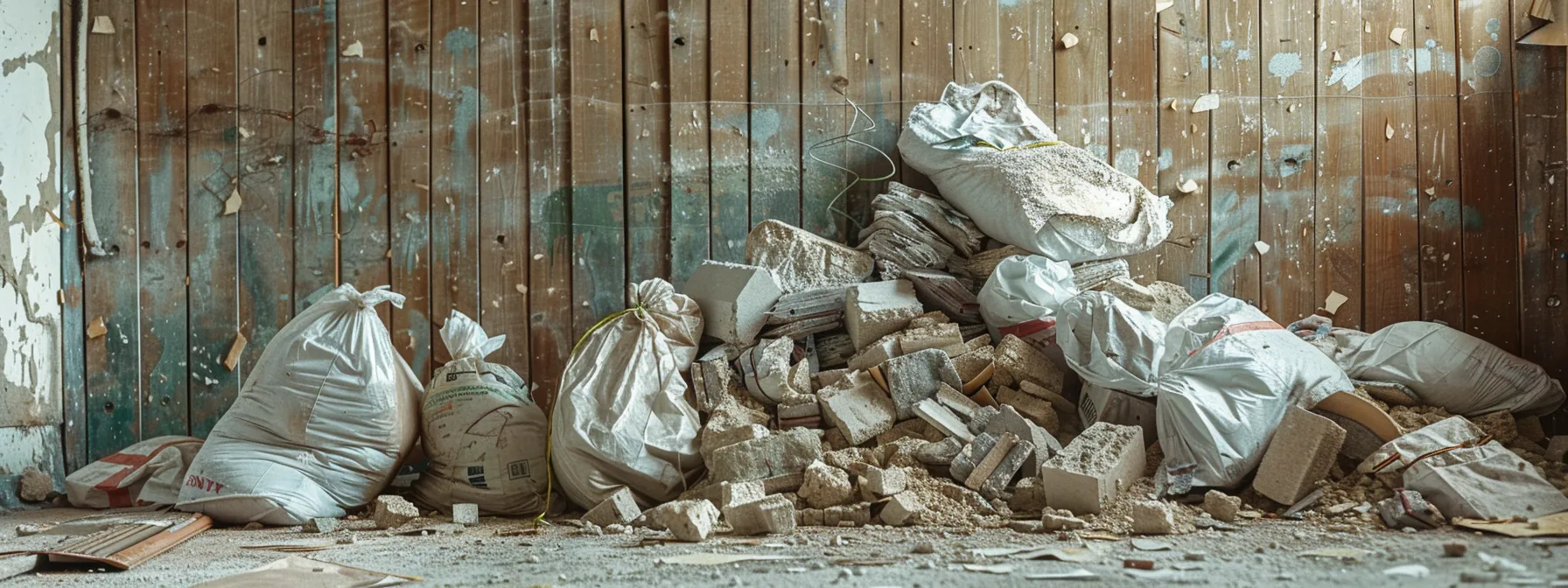
Once the removal of attic insulation, whether it’s spray foam or traditional materials, is complete, the focus shifts to the proper disposal of waste materials. I ensure that all remnants, including those mixed with paint or wall fragments, are bagged and sealed correctly to prevent any environmental contamination. Adhering to local regulations for disposal is not just a legal requirement; it’s a commitment to community safety and environmental stewardship. The upcoming sections will detail the steps and considerations necessary for the responsible handling of these materials.
Bag and Seal Waste Materials Correctly
When I remove insulation from an attic or basement, I take great care to bag and seal the waste materials correctly. This practice is crucial for maintaining indoor air quality and preventing the spread of contaminants during the construction process. I use sturdy, sealable bags to ensure that fibers and particles are securely contained, which is especially important in the densely populated areas of Ottawa where environmental regulations are strict.
My approach to disposing of old insulation involves a meticulous sealing process that safeguards against any leakage, thereby protecting the surrounding environment. I’ve found that this attention to detail not only meets the legal disposal requirements but also reassures my clients that their property and the broader community are being respected. It’s a simple yet effective method that contributes to a cleaner and healthier indoor atmosphere, which is a priority for homeowners concerned about air quality.
Follow Local Regulations for Disposal
In my professional practice, I’ve learned the importance of adhering to Barrhaven‘s local regulations when disposing of old insulation, especially when dealing with materials compromised by water damage. This commitment not only ensures compliance with environmental laws but also promotes environmentally friendly practices. I make it a point to stay informed about the latest disposal guidelines, which helps prevent the spread of dust and other contaminants, safeguarding both the community and the environment.
For instance, when I’m working on a bathroom renovation, the removal of insulation must be handled with extra care due to the increased risk of moisture-related issues. I ensure that all materials are disposed of in a manner that minimizes environmental impact, using designated facilities that can handle the waste responsibly. By following these practices, I provide peace of mind to my clients, knowing that their project aligns with environmentally friendly standards and contributes to the well-being of our area.
Choosing Professional Insulation Removal Services
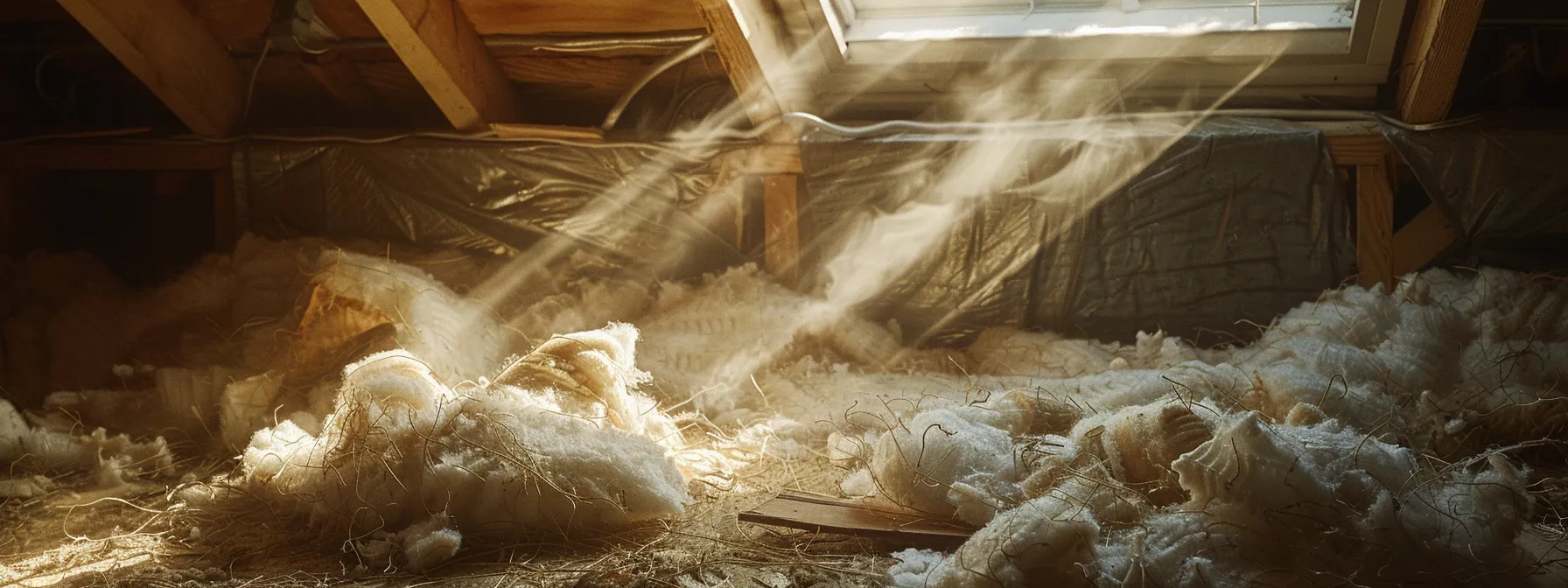
When selecting a contractor for insulation removal in Ottawa, I emphasize the importance of verifying credentials and experience. It’s essential to discuss safety protocols, especially when dealing with composite material that may have been exposed to rain or compromised air quality. Understanding insurance and liability is also critical, ensuring that both air conditioning systems and structural integrity are protected during the removal process. These considerations are vital for a safe and successful project.
Verify Credentials and Experience of Contractors
In my role as a point of sales expert, I’ve seen the critical impact that hiring a contractor with verified credentials and extensive experience can have on a project. When it comes to insulation removal, particularly in areas prone to moisture like showers, ensuring that the contractor understands the importance of a vapor barrier and energy conservation is paramount. I always advise clients to seek out professionals who are not only adept plumbers but also have a proven track record in preventing ice damming and other insulation-related issues.
Before I entrust a contractor with the task of removing insulation, I meticulously check their certifications and past work. This due diligence is crucial, especially when the job involves intricate systems that could affect a home’s energy efficiency. A contractor’s expertise in handling vapor barriers, for example, can be the difference between a job that enhances a home’s comfort and one that leads to costly energy leaks. It’s this level of attention to detail that ensures the safety and satisfaction of my clients.
Discuss Safety Protocols With Professionals
In my discussions with professionals about safety protocols, I stress the importance of efficiency in the removal process. This includes the careful application of joint compound to seal any breaches that could compromise the building’s thermal envelope. A meticulous approach not only ensures a safer work environment but also contributes to a better return on investment by maintaining the property’s energy efficiency.
I also make it a point to address the specific needs of the site, such as the proximity to sensitive areas like a toilet, which could be affected by insulation removal. By insisting on clear communication and detailed safety plans, I guide professionals to prevent any inadvertent damage to plumbing or other critical systems. This level of foresight is part of my commitment to delivering a service that upholds the highest standards of safety and customer satisfaction.
Understand Insurance and Liability Considerations
In my professional capacity, I’ve learned that understanding insurance and liability is crucial when engaging contractors for insulation removal. It’s essential to confirm that the service provider has comprehensive insurance coverage to protect against any accidental damage to your property or injuries sustained during the job. This not only safeguards your interests but also ensures that any potential financial liabilities are managed effectively, providing peace of mind throughout the renovation process.
From my experience, discussing liability considerations with your chosen contractor is a step that cannot be overlooked. Ensure they are well-versed in the latest safety regulations and carry liability insurance that is valid in our Canadian jurisdiction. This due diligence is a testament to their professionalism and your commitment to a secure and responsible insulation removal project, mitigating risks and reinforcing trust between all parties involved.
Conclusion
Ensuring safety during insulation removal is paramount, as it protects both individuals and property from potential hazards such as asbestos and mold. Proper use of personal protective equipment, like respirators and safety glasses, is essential to safeguard health during the process. Adhering to meticulous disposal methods and local regulations is a commitment to environmental responsibility and community well-being. Ultimately, engaging with experienced professionals who follow strict safety protocols is the key to a successful and secure insulation removal project.
